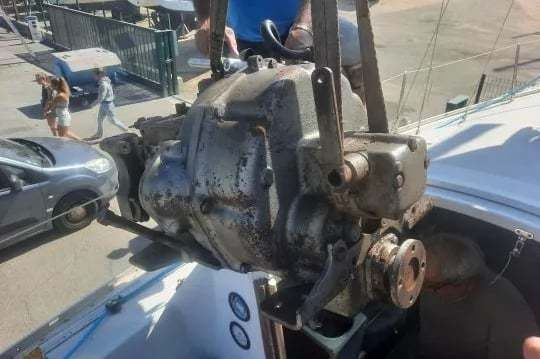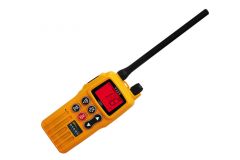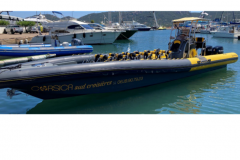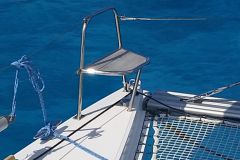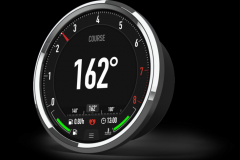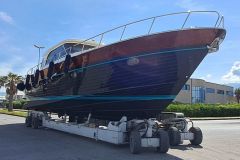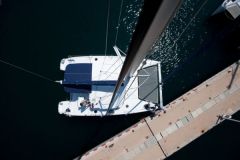Modifications with consequences for boat safety
When a naval architect designs a boat and a shipyard builds it, he checks its solidity and its ability to withstand the sailing conditions corresponding to its program. To do this, he relies on the regulations in force, and in particular the European directive 2013/53/EU on small pleasure craft, setting the framework for approvals.
When a yachtsman refits a pleasure craft, he doesn't just change the upholstery and the color of the upholstery, he also modifies the motorization, the bulkheads and the structure of the boat, its rigging or its appendages. These changes are not without effect on the boat's robustness and stability, and therefore the safety of its crew. While common sense would lead you to worry about this, in some cases, regulations require you to do so.
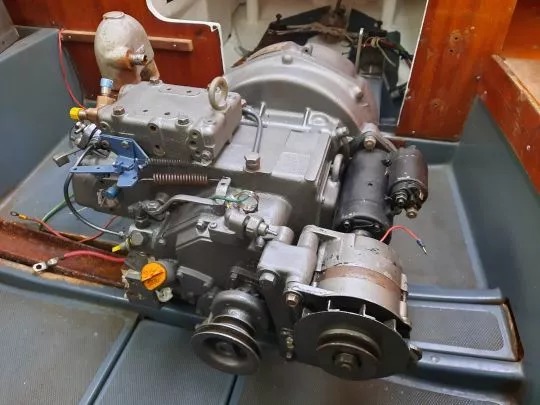
When should I have my boat re-certified?
The European directive and its transposition into French law specify when the importer, the professional or the simple pleasure craft owner must re-certify their boat or, at the very least, declare the modification. This is what the regulations consider a major transformation of the vessel.
The guide to interpreting the directive sets out the main points:
The change of engine, specifying that if the engine remains of equal or lower power, it does not fall within the scope of the directive. A change of fuel may also modify the safety rules applicable to the fuel system and its ventilation.
A change from outboard to inboard, or from shaft drive to saildrive, is a major modification. The same applies to components that can change emissions.
Alterations that could lead to the boat being considered as a new craft. These are modifications that may prevent the boat from meeting initial safety requirements, such as adding a flybridge or modifying a rig, creating stability risks and altering the boat's carrying capacity.
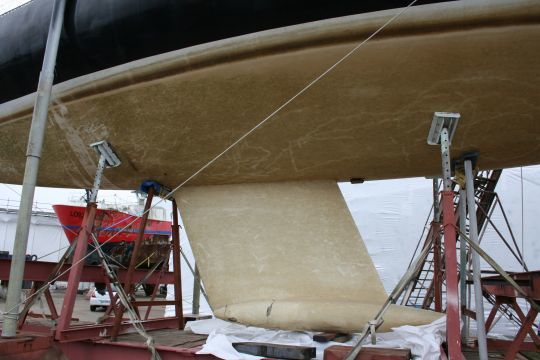
What steps do I need to take?
The directive reminds us that it is ultimately up to the person modifying the boat to determine whether the modification is major. If they do not have the necessary skills, they are invited to seek the expertise of a professional.
The procedure to follow in the event of a major modification will depend on the age of the boat.
If the boat is not subject to the European directive, because it was put on the market before 1996, the procedure is purely declaratory with Affaires Maritimes. This keeps track of who is responsible for the modifications.
For boats built after 1996, the yachtsman or professional who carried out the work must mandate a notified body to carry out a post-construction assessment or EAC. On the basis of the parts supplied and its calculations, it will establish the modified boat's conformity with the European directive, and apply a builder's plate with the notified body's code.
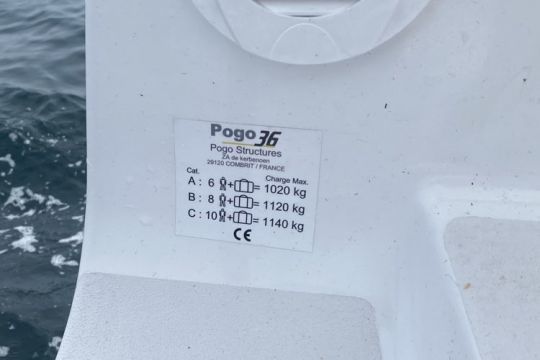
Recurring needs
Contrary to popular belief, the procedure is not uncommon, as confirmed by Alexandre Cocheril of ICNN, the only notified body in France, although other European services can also operate in this area: "We're getting more and more requests, because the Maritime Affairs are vigilant. There are mainly changes from inboard to outboard engines. This often involves a change of fuel, which is not insignificant. There are also keel changes, from deep draft to shallow draft on production boats in particular. We've even set up a procedure with Bénéteau dealers."
Regulations aside, it's always a good idea to remember that modifying a boat can affect its safety. So be careful!

 /
/ 